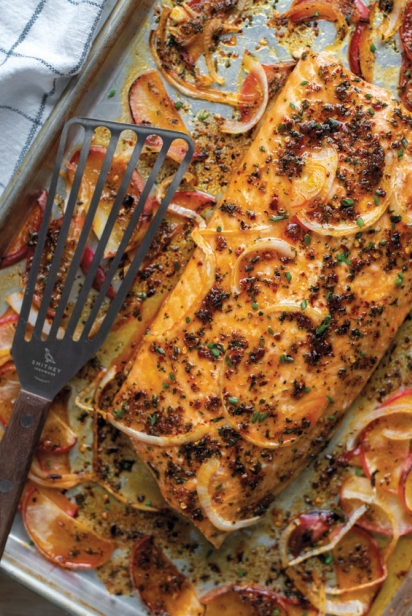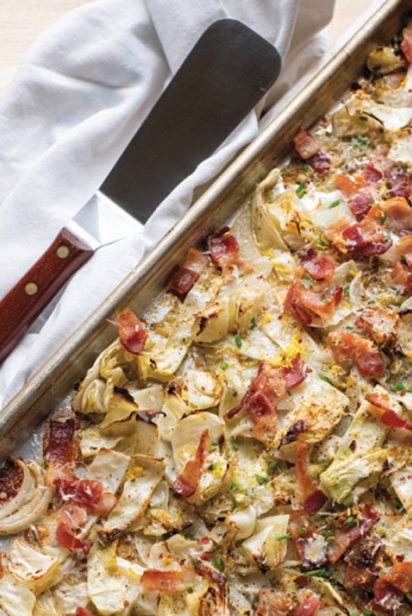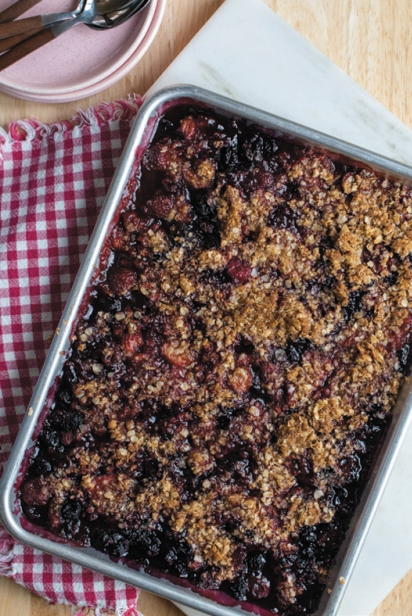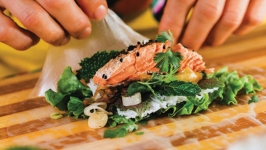SheetPan Cooking
Working the Workhorse of Kitchen Equipment
As a cooking instructor, I believe basic kitchen skills always revolve around two principles:
• Work smarter, not harder
• Present failures lay the groundwork for future successes
How did these become my kitchen battle cries? Many years ago, as a young professional and new wife, I rarely had the time, energy, or finances to prepare an elaborate meal. I’d love to tell you that an early basic sheet pan purchase gave me my “happily ever after” in the kitchen, but that’s not quite true.
For months and months, I failed in my kitchen efforts. I burned rice so badly that I permanently scorched the induction stove and pot. I repeatedly made — and ate — boxed mac & cheese, all the while wondering why it tasted “off.” Who knew refrigerated butter could turn rancid? And my husband still ridicules me for attempting to cook Eye of Round steaks in my toaster oven.
I needed HELP. I needed an intervention. I needed some quick kitchen successes or my mounting failures would define me. Enter the sheet pan.
First: Specifications
A rimmed, half sheet sized (13” x 18”), aluminum sheet pan. A quarter sheet sized pan can also come in handy.
An 18 to 10 gauge thickness (the smaller the gauge, the heavier the pan)
A brand that has consistent positive reviews (resistance to heat shock and warping is key)
Second: Where it shines
Roasting vegetables
Baking desserts
Cooking fish
One-pan meal making
Third: Keys to success
Do not overcrowd the sheet pan. Cramped food steams instead of roasts. If needed, use multiple sheet pans.
Properly prepare. Spray the pan with nonstick cooking spray or coat thoroughly with butter. Lining with parchment paper or nonstick foil is also an excellent way to avoid messy cleanup and stuck-on food.
Do not add excess oil or marinade. Similar to overcrowding, excess liquid will steam food rather than roast it.
Deliciously and mercifully, a sheet pan offers so much and costs so little. Here are a few benefits to sheet pan cooking:
Shortened cooking times. With a larger surface area, heat has room to more effectively circulate around food.
Roasting vegetables to crisp, not steam. Keeping food to a single layer allows moisture to escape, yielding crisp, caramelized produce.
Ingredients can be added in stages depending on the individual required cooking times. Sliced potatoes might need 40 minutes while fish needs 12 minutes. That’s no problem with one-pan sheet pan cooking. Just set the time and add elements according to their respective cook time requirements.
Amazing flavors, minimal required skills, and easy clean-up — making kitchen success attainable and delicious!











